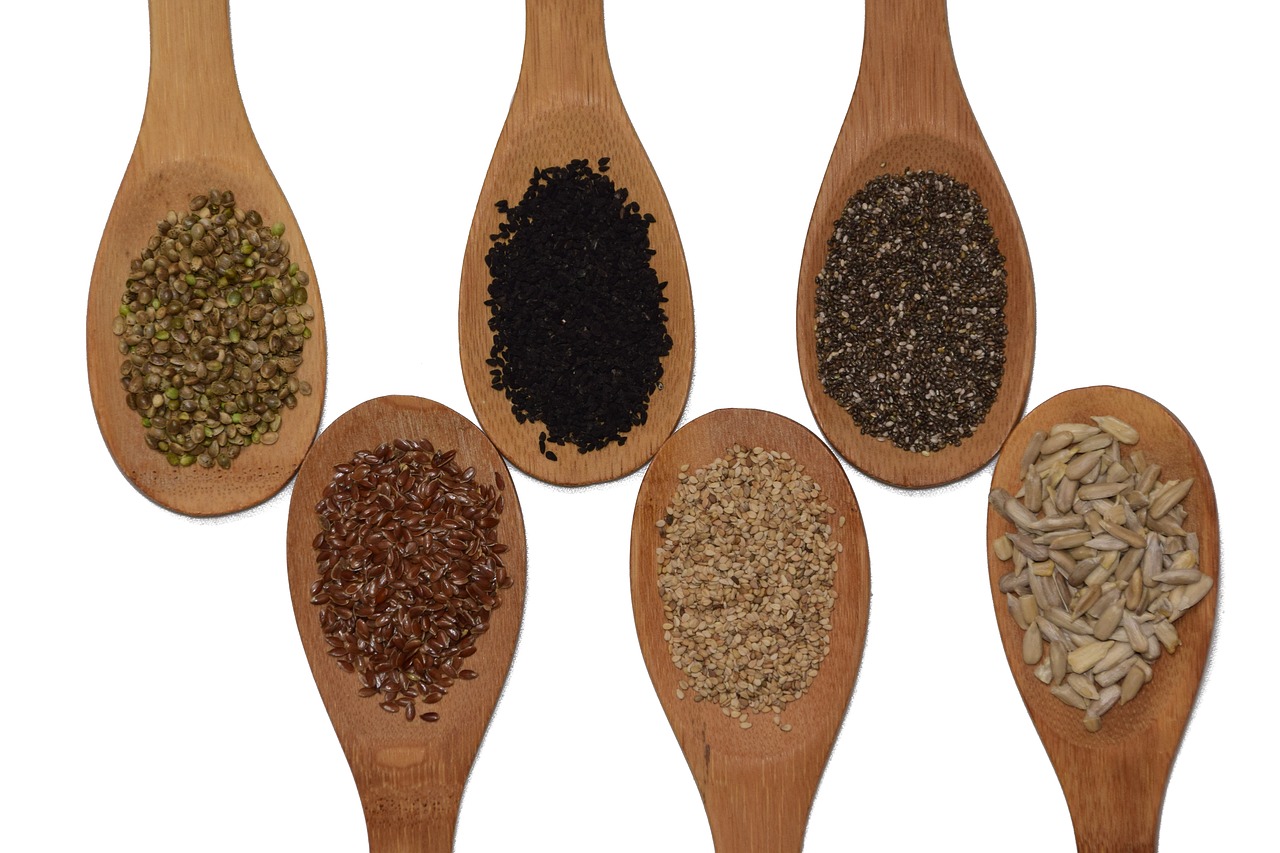Analysis of ethylene oxide and 2-chloroethanol in sesame seeds and other food commodities: challenges and solutions

Pixabay/Ulrike Leone: Analysis of ethylene oxide and 2-chloroethanol in sesame seeds and other food commodities: challenges and solutions
Non-authorized presence of ethylene oxide (ETO) and 2-chloroethanol (2CE) in sesame seeds and other food commodities is a new emerging food safety issue. First notification about the presence of ETO in sesame seeds dates from August 2020, and since then over 500 new notifications were published on the European Rapid Alert Food and Feed Safety (RASFF) portal. To ensure that foods are safe for consumption, food industry and enforcement agencies need reliable and robust methods to detect ETO and 2CE in foods preferably at levels at or below the set maximum residue limit of 0.05 mg/kg.
For the determination of these contaminants a combination of a QuEChERS sample preparation method and a GC-MS/MS analytical method was proposed by the EU Reference Laboratories for Residues of Pesticides. However, several challenges are encountered when it comes to the analysis of ETO and 2CE in various food products. The high volatility of ETO requires the use of a dedicated column to ensure separation from possible interference from acetaldehyde.
Secondly, QuEChERS extracts often contain high amounts of non-volatile material which can accumulate in the inlet liner and column inlet, affecting the accuracy and robustness of the analysis. Integration of the Automated Liner Exchange (ALEX) option in the analysis of ETO and 2CE allowed to exchange the GC liner without stopping the analysis sequence and therefore with no downtime related to inlet maintenance.
Additionally, the analytical column was further protected by the integration of a pre-column with backflushing option. This allowed to remove high boiling compounds which reach the analytical column. Back-flushing was carried out while the analysis was occurring on the analytical column, keeping sample throughput unaffected.
With this dedicated set-up based on an Agilent 8890 GC, an Agilent 7010 triple quadrupole MS and a Gerstel MPS sampler, a robust analytical solution was obtained, ensuring less downtime related to inlet maintenance, column changing and/or MS source cleaning. Limits of detection in the low range of µg/kg with excellent recovery and repeatability were obtained for sesame and curcuma samples.
What you will learn:
Attendees will learn about how to deal with the analytical challenges of the determination of ETOX and 2-CE in food commodities and how a novel, robust and automated method can be implemented in their labs
Who should attend:
Food safety chemists, researchers and lab managers
Presenter: Tatiana Cucu, Ph.D. (Senior Scientist/Project manager, Research Institute for Chromatography (RIC))
Tatiana received her Ph.D. degree in the field of food safety and food quality in 2011 at University of Gent, Belgium. During her Ph.D. and later during her post-doc she developed analytical methods for the analysis of among other food allergens and food additives. In 2005 she joined the Research Institute for Chromatography (RIC) as senior scientist where she is involved in project related to development and optimisation of GC-MS and GC-MS/MS methods, miniaturisation and automatization of sample preparation methods and development of new applications for food, environmental, pharmaceutical, and chemical industries.